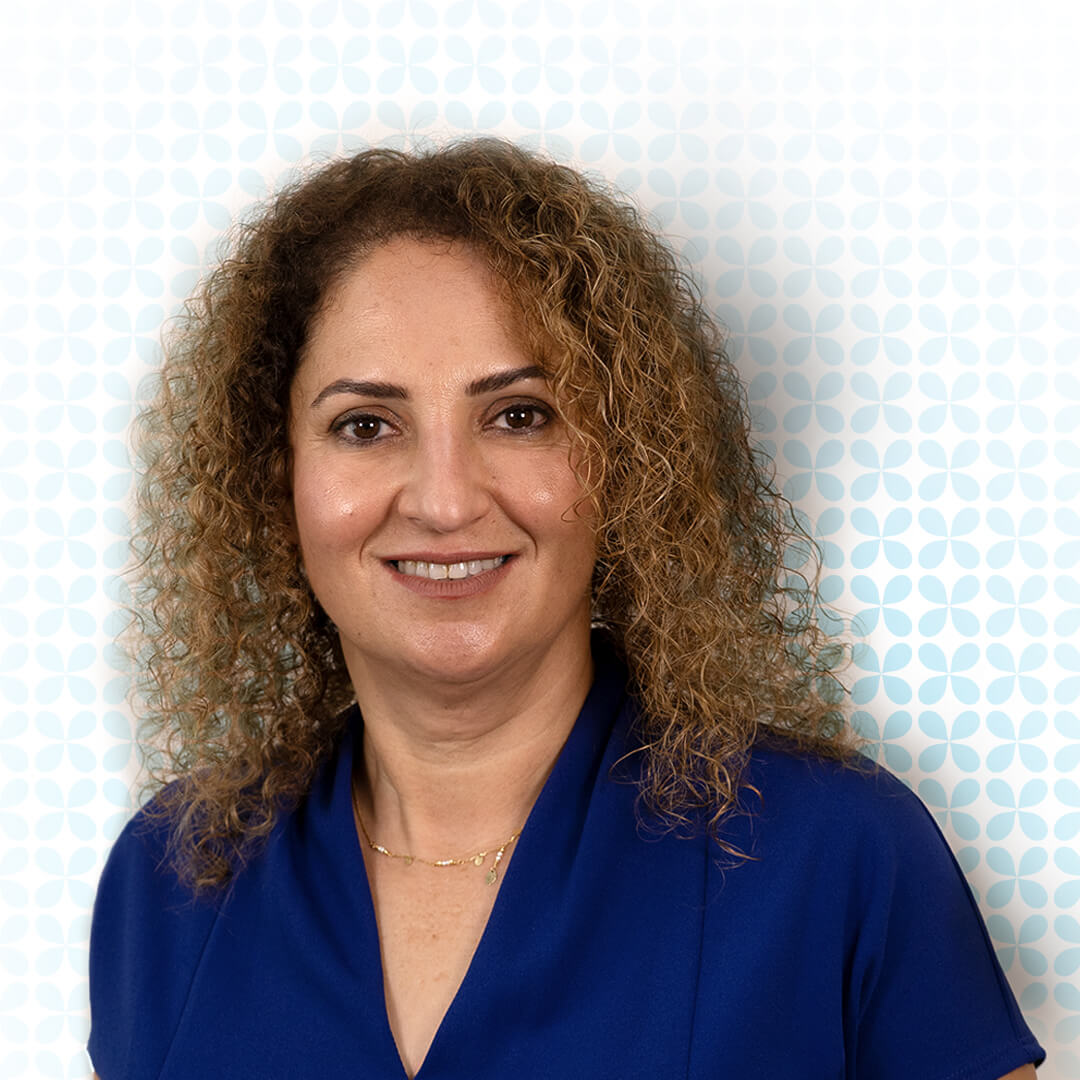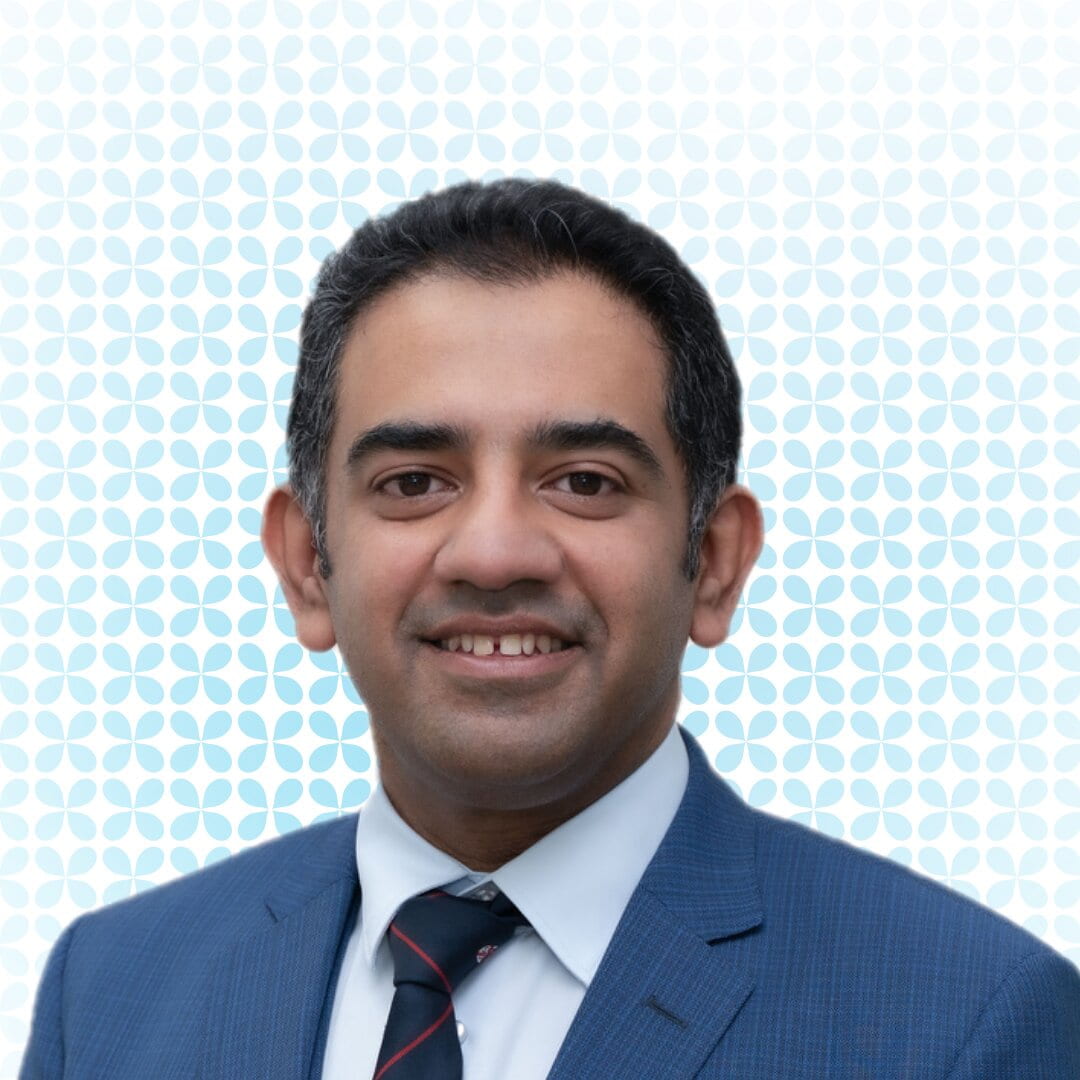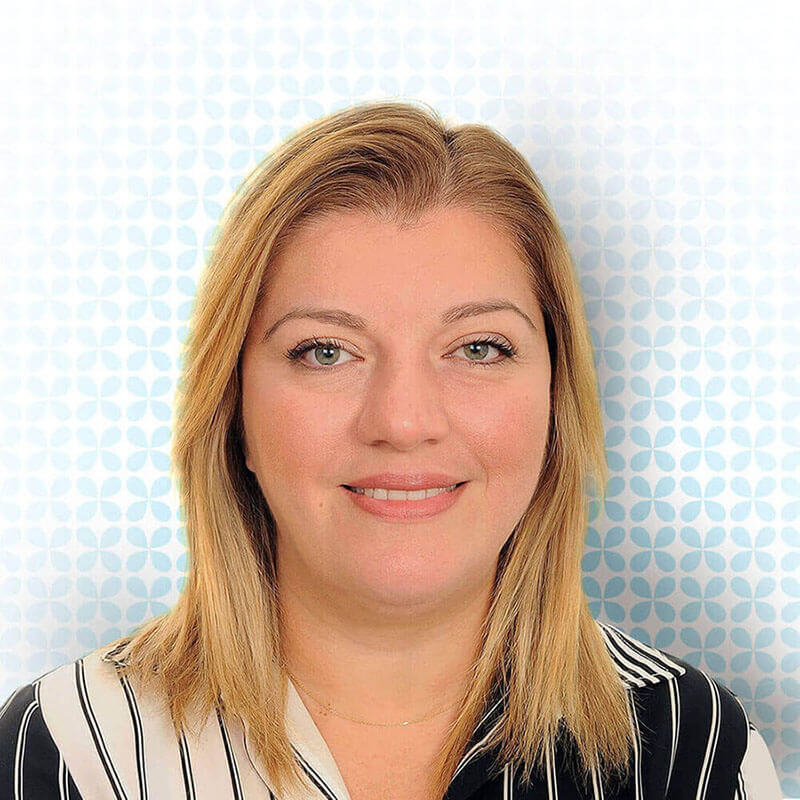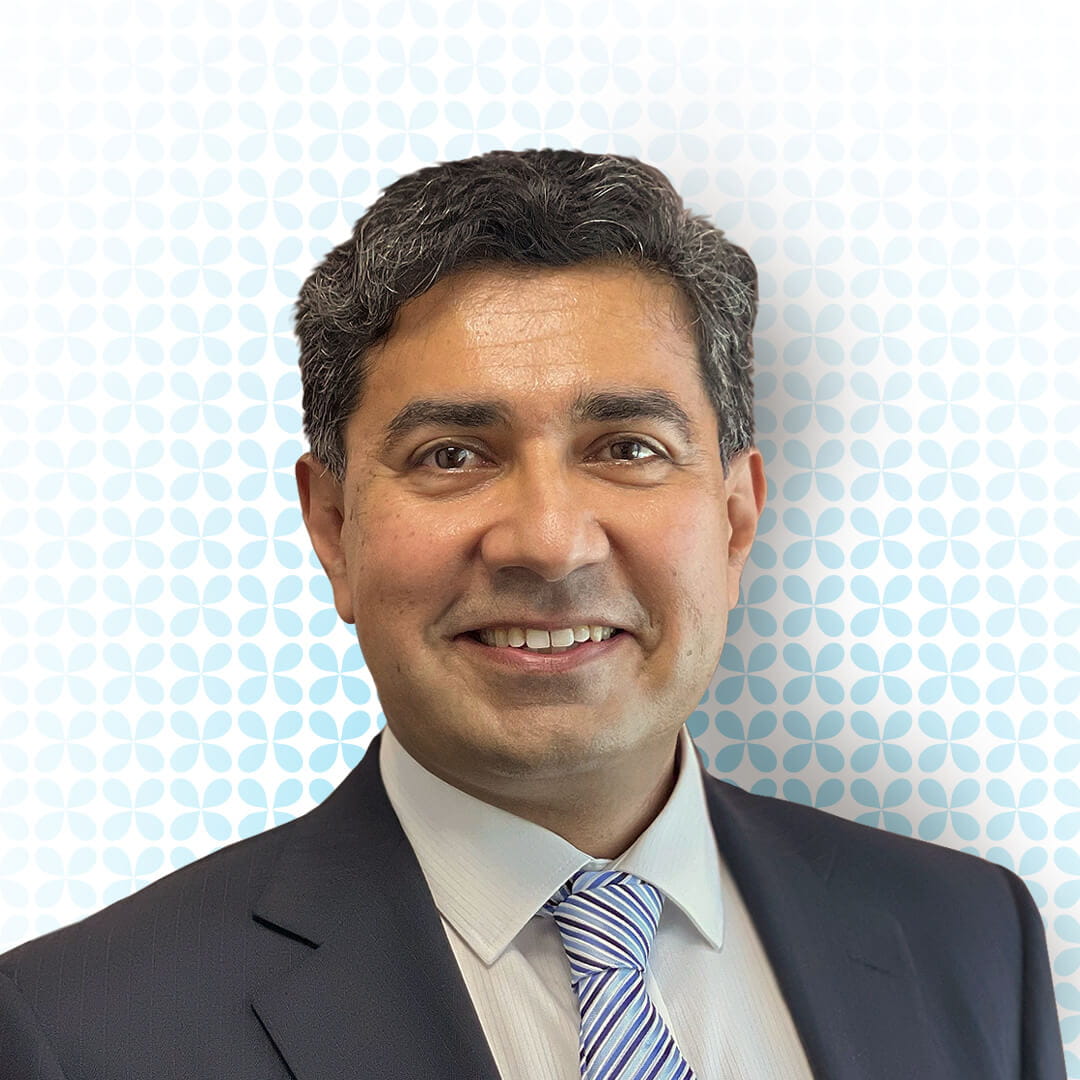حول الموضوع
الغمَش، المعروف أيضاً باسم “العين الكسولة”، هو حالة تصيب الأطفال، بحيث لا تتطور فيها رؤية الطفل بالطريقة الطبيعية. عادة ما تكون المشكلة في عين واحدة ولكن يمكن أن تؤثر على كلتا العينين في بعض الأحيان. إذا كان الطفل يعاني من ضعف الرؤية في عين واحدة، فإن الدماغ يفضل استخدام العين الأقوى، وبالتالي لا يتم تحفيز المسار البصري بما فيه الكفاية ويتطور الغمَش.
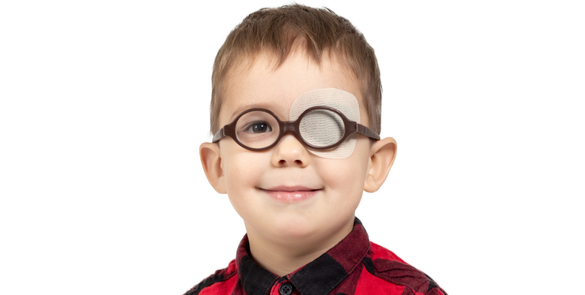
الأسباب
- الحوَل: هو اضطراب لا تتّجه فيه العينان بنفس الاتجاه.
- عيوب الانكسار: عندما لا تستطيع إحدى العينين التركيز مثل العين الأخرى. وهذا يشمل قصر النظر وبعد النظر وانحراف النظر (اللابؤرية).
- الساد: هو حدوث إعتام في عدسة العين.
- جفن متدلي يغطي البؤبؤ.
- تلعب الوراثة دوراً أيضاً. يميل الغمَش لأن يحدث بشكل عائلي. كما أنه أكثر شيوعاً عند الأطفال الخدّج أو الذين يعانون من تأخر في النمو.
الأعراض
- الحوَل أو أي انحراف آخر في العين
- سوء إدراك العمق.
- إغماض كلتا العينين بشكل جزئي أو إحداهما بشكل كامل.
- يمكن للغمَش ألّا يُظهر أي أعراض وقد يتم الكشف عنه أثناء الفحوصات الروتينية
غالباً ما يمكن علاج ضعف الرؤية في إحدى العينين أو كلتيهما بالنظارات فقط. لذلك، نقوم أولاً بتصحيح أي عيب انكساري (الحاجة إلى النظارات). يمكن أن تستغرق النظارات ما يصل إلى 16 أسبوعاً حتى يظهر تأثيرها الكامل على رؤية الأطفال. بعد مرور هذا الوقت، إذا استمر ضعف الرؤية في إحدى العينين، فقد نبدأ في علاج الغمَش.
تغطية العين
من خلال تغطية العين القوية برقعة لعدد محدد من الساعات يومياً، فإننا نشجع الطفل على استخدام العين الأضعف، والذي يمكن أن يقوي العين المصابة بالغمَش (الأضعف) ويسمح باستدراك التطور البصري.
ماذا يجب أن يفعل طفلك عند تغطية العين؟
لا توجد مهام محددة يجب أداؤها أثناء تغطية العين، ومع ذلك يميل الأطفال إلى الحفاظ على تغطية العين بشكل أفضل عند تشتيت انتباههم، لذا من الجيد القيام ببعض المهام مثل الرسم والقراءة والتلوين ولعب ألعاب الكمبيوتر. إذا كان بصر طفلك ضعيفاً جداً، فمن الأفضل له اللعب بأشياء كبيرة وساطعة بحيث يمكن رؤيتها بسهولة أكبر في البداية.
هل تعدّ تغطية العين مفيدة فعلاً؟
لن تنجح تغطية العين إلا إذا كان طفلك يضع الرقعة حسب التعليمات. عادةً ما تكون تغطية العين ناجحة إذا تم البدء بها في سن مبكرة.
ما مقدار تغطية العين التي سيحتاجها طفلك؟
يختلف ذلك من طفل لآخر. يعتمد طول الوقت الذي يجب فيه تغطية العين على عمر طفلك ومستوى الرؤية في العين المصابة بالغمَش. إذا كان طفلك يرتدي النظارات، فيجب وضع رقعة تغطية العين تحت النظارات. سيقوم أخصائي تقويم البصر بفحص طفلك بانتظام لمراقبة التقدم.
ما نوع الرقعة المستخدمة لتغطية العين؟
هناك أنواع مختلفة من الرقع المتاحة، ولكننا نوصي دائماً باستخدام رقعة لاصقة بدلاً من قطعة قماش. من المرجح أن يتمكّن الأطفال من استراق النظر حول الرقعة القماشية.
الأتروبين
الأتروبين هو قطرة للعين تستخدم أيضاً كعلاج أولي آخر للغمَش. يتم وصف القطرات لاستخدامها مع العين القوية، وذلك لمرتين في الأسبوع عادةً. الأتروبين هو دواء يسبب شلل العضلة الهدبية ويوسع البؤبؤ ويشوش الصورة في العين غير المصابة بالغمَش (العين الأقوى) عندما ينظر الطفل إلى الأشياء عن قرب. وهذا يشجع الطفل على استخدام عينه المصابة بالغمَش عند القيام بالأعمال القريبة. سيقوم أخصائي تقويم البصر بالنقاش مع الوالدين واتخاذ القرار حول طريقة علاج الغمَش الأنسب لطفلك.
هل سيتمكن طفلي من الرؤية جيداً عند استخدام القطرات؟
يعمل الأتروبين فقط عند النظر إلى الأشياء القريبة، ولا تتأثر الرؤية البعيدة بالقطرات أساساً، وبالتالي عندما يقوم طفلك بالتجوال، فإنه سيرى بمستوى مماثل لرؤيته المعتادة. وعلى الرغم من أن الرؤية القريبة ستكون مشوشة قليلاً، إلا أن ذلك ليس مشكلة كبيرة بالنسبة لمعظم الأطفال. ومع ذلك، في بعض الحالات التي تكون فيها العين المصابة بالغمَش ضعيفة للغاية، يمكن أن تؤدي القطرة إلى جعل الأعمال المدرسية صعبة قليلاً، لذا يُنصح بإبلاغ أستاذ طفلك بأنه قد يحتاج إلى مزيد من الوقت أو إلى مساعدة إضافية. إذا شعرت أن ذلك يسبب مشاكل كبيرة لطفلك، فيرجى الاتصال بأخصائي تقويم البصر.
هل سيعاني الطفل من الضوء الساطع؟
نظراً لأن القطرة توسع بؤبؤ إحدى العينين، فإن ذلك يسمح بدخول المزيد من الضوء إلى العين ويمكن أن يصبح الأطفال حساسين للضوء قليلاً. نوصي باستخدام النظارات الشمسية والقبعات والبقاء في الظل قدر الإمكان.
اطلب موعد


